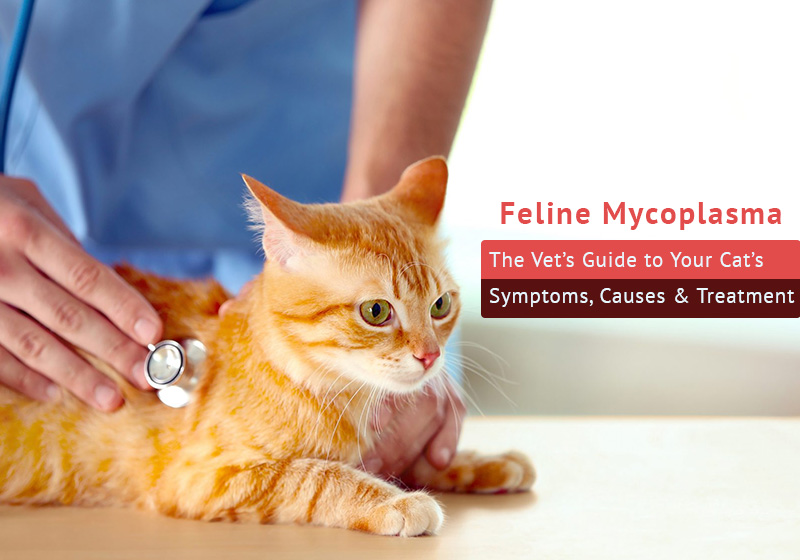 The name directly will bring you the thought that the term relates to felines and that to more specifically related to ‘plasma’ thing. Being true to its name, Mycoplasma is specially a cat disease. The most common reason of this disease is fleas and ticks. The bacteria mycoplasma is transmitted to cats through flea or tick bite. One of the dangerous diseases, it causes loss of blood and even threatens the life of your furry ball when left unchecked.
The name directly will bring you the thought that the term relates to felines and that to more specifically related to ‘plasma’ thing. Being true to its name, Mycoplasma is specially a cat disease. The most common reason of this disease is fleas and ticks. The bacteria mycoplasma is transmitted to cats through flea or tick bite. One of the dangerous diseases, it causes loss of blood and even threatens the life of your furry ball when left unchecked.
This excerpt from the expert’s guide reveals how to interpret and recognize your cat’s symptoms, the causes behind it, and what steps to take to ensure its health.
Causes – What Instigates Them
The main cause of the infection is the exposure to the bacteria known as Mycoplasma. As this type of bacteria is very common, it can occur in any location, preferably more prevalent in kennels and shelters as well as multi-pet households. Not known, this disease also spreads to other companion animals by your kitty. A cat can be infected with this disease from an infected flea, tick or mosquito bite. The bacteria once ingested get attached to the red blood cells of the host. Seeing the foreign body attached to the red blood cells, the immune system is triggered and starts attacking the red blood cells in order to remove and destroy the infected cells. Ultimately, the removal of excess amount of cells makes cat anemic.
Symptoms – You Should Never Miss to Understand
Depending on the several factors, Mycoplasma symptoms vary. But the most common symptom is anemia. Additionally, based on the severity level of the infection, the cat may show the signs of fever, depression, reduced appetite, pale or jaundiced color, tiredness, weakness and possibly weight loss. The spleen and lymph nodes may also be enlarged.
Some of the common symptoms are:
- Lethargy
- Anemia
- Lack of appetite
- Yellowing of skin
- Fever
- Weakness
- Lethargy
- Pale skin
- Nasal discharge
Some of the major symptoms related to infection are:
- Trouble breathing
- Urinary tract infection
- Sneezing
- Coughing
- Difficulty in moving
- Joint inflammation
- Reproductive issues
Diagnosis – An Imperative and Inevitable Process Not to Forgo
Related to the above signs, if any of them your cat exhibits, first off, it is predominant to take your cat to a veterinarian for diagnosis of the disease. Before proceeding to the test, your vet will ask for the health history of your cat. Primarily two methods are used for diagnosis. However, depending on the signs & symptoms, diagnostic procedures may vary and can be undertaken. A complete blood profile will be conducted for further analysis and a treatment plan.
Treatment – The Best You Can Give To Your Kitty
Once the feline infectious of mycoplasma is diagnosed, your vet will provide treatments accordingly. These treatments help in killing the bacteria. Added to this, your vet may also provide vitamin and mineral supplements for regaining strength as well as steroids to suppress the immune system to slow down. Monitoring the progress, your vet will further provide the treatment. In severe cases, cats may need a blood transfusion.
Prevention – Your Extra Efforts Pave Long Way to Your Cat Health
Primarily, Feline mycoplasma is caused due to fleas and ticks. Therefore, the best remedy is to prevent infection in cats by maintaining a proper flea and tick control program. There are numerous affordable flea and tick treatments available that can protect your cat from flea and tick infestations. This in turn reduces the chances of feline mycoplasma in felines.
